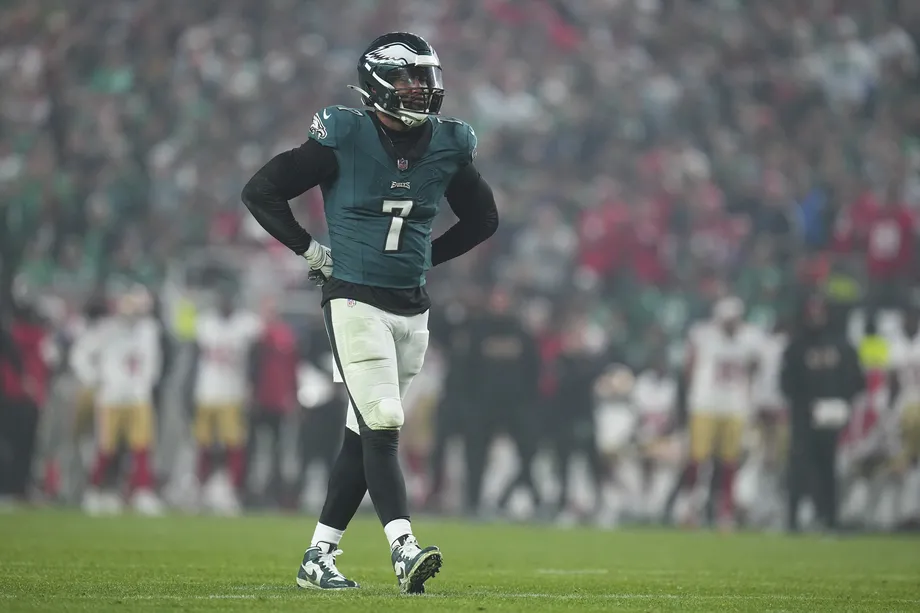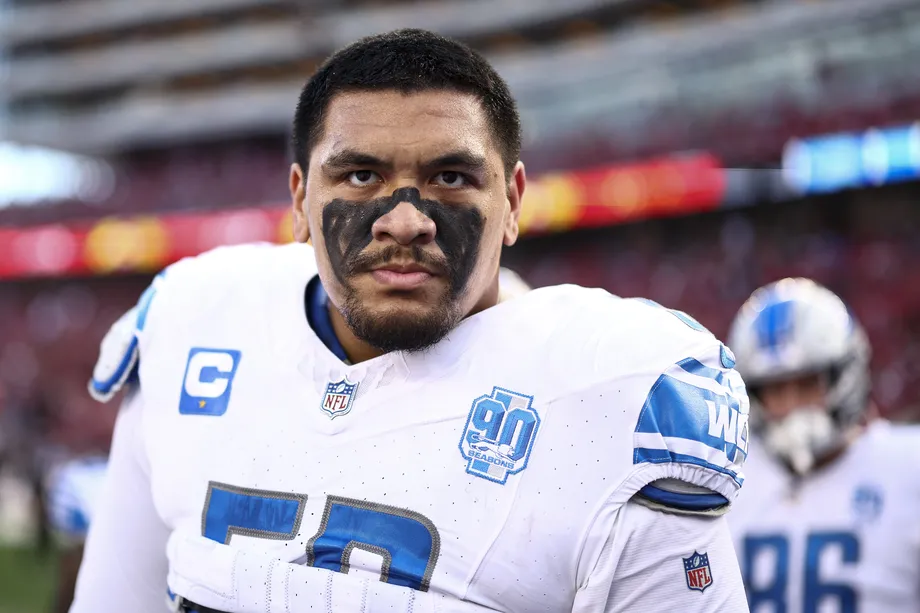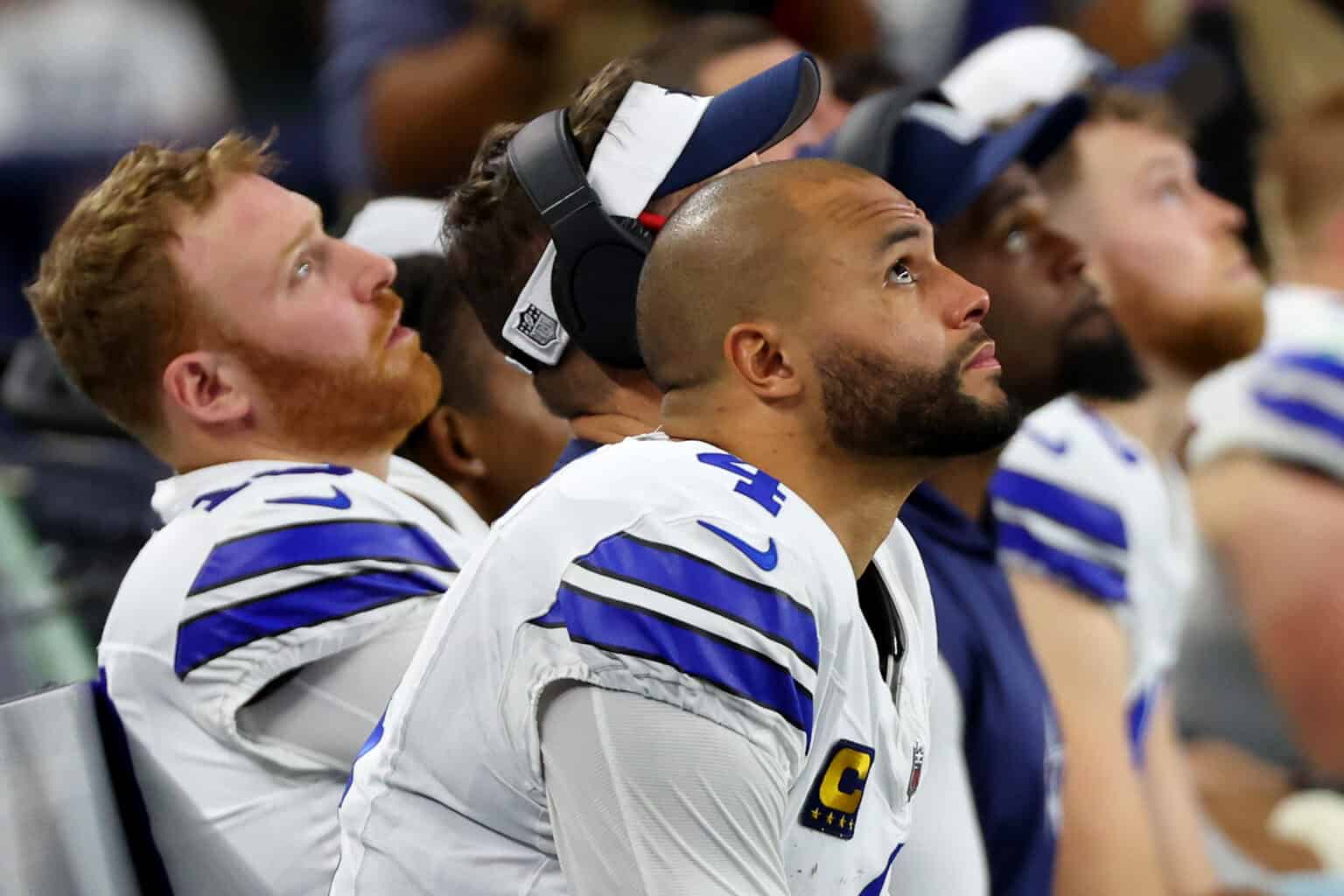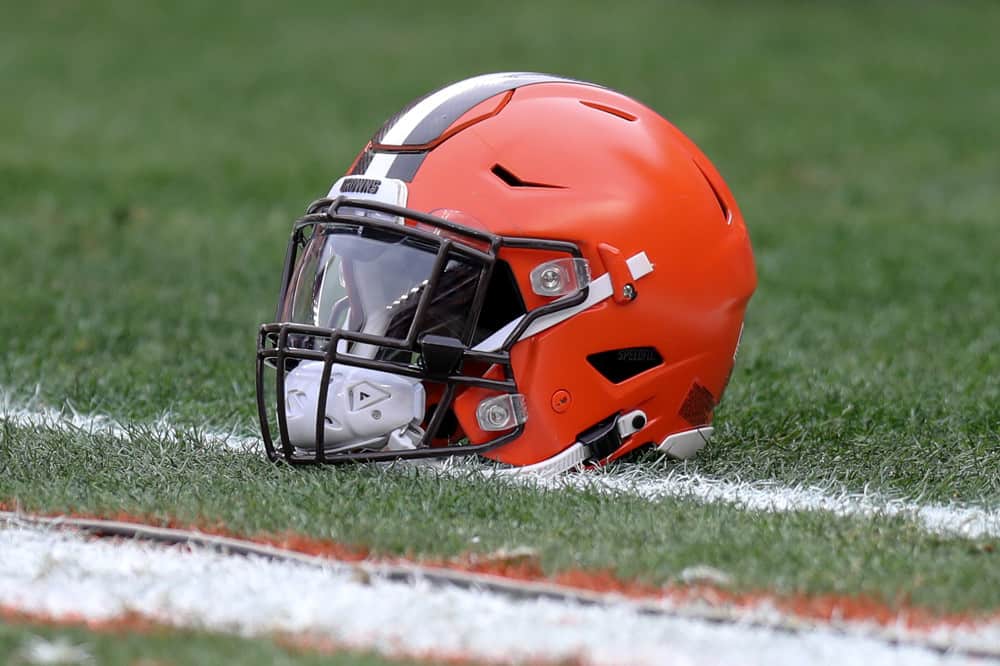In the 2021 offseason, Jared Goff and Matthew Stafford were traded for each other. At the time, the deal was seen as the Lions’ attempt to prepare for the future while being saddled with an overpaid, below-average quarterback. Meanwhile, the Rams were going all-in on a ring.
In 2023, the Rams have not only their ring but a supposed rebuild and then a shocking return to the playoffs. Meanwhile, the Lions have somehow turned Goff into one of the most efficient quarterbacks in the NFL and have become a force in the NFC.
/cdn.vox-cdn.com/uploads/chorus_asset/file/24881426/usa_today_21284919.jpg)
Regardless of the eventual fate of either team, their trajectory this season is worth a close study for the Jets. While neither quarterback is individually on the level of Rodgers, they’ve raised their level of play due to specific circumstances their teams placed them in.
How did the Lions and Rams get the most out of Goff and Stafford?
They keep their quarterbacks safe in two ways
Throughout his career, Goff has been a completely different quarterback when given time to throw and when under pressure. This season was a microcosm of his career.
Kept clean: 74.8% completion percentage, 8.1 yards per attempt, 24 touchdowns, 3 interceptions, 6.7 average depth of target, 2.33 time to throw, 114.5 passer rating
Under pressure: 51.3% completion percentage, 6.4 yards per attempt, 6 touchdowns, 9 interceptions, 8.7 average depth of target, 3.01 time to throw, 62.5 NFL passer rating
This difference does not have to do with whether Goff is blitzed. His performance when blitzed and not blitzed was very similar. It had to do with two things: his protection and getting the ball out quickly.
Goff was pressured at roughly an average rate of 35.4% (16th out of 36 qualified passers, min. 90 pressured dropbacks). Still, just that league-average protection was enough to turn him into a force. Goff augmented that by getting the ball out extremely quickly with an average time to throw of 2.57 seconds, the fifth-fastest among quarterbacks.
Meanwhile, Stafford’s 33.5% pressure rate ranked 12th-best among quarterbacks. The Rams gave him a second life in 2023 by protecting him well. He augmented that protection by getting the ball out in an average of 2.59 seconds, the seventh-fastest release time among quarterbacks.
While Stafford’s splits when pressured and kept clean are not as stark as Goff’s, the concept is similar: protect the passer and get the ball out quickly. This is exactly how Rodgers succeeded through much of his career in Green Bay. However, the Jets botched the protection part, making it less likely that Rodgers would have succeeded.
They have creative play-callers
Sean McVay and Ben Johnson are considered two of the most creative play-callers in football. Alex Rollins explains in these breakdowns how McVay and Johnson utilize creative concepts to maximize their quarterbacks’ strengths. McVay has been doing this with Stafford since the latter’s arrival in Los Angeles. Goff experienced a rejuvenation in Detroit under Johnson for similar reasons.
Meanwhile, the Jets insisted on running a 1972-level offense. Nathaniel Hackett refused to utilize motion, ignored Breece Hall’s receiving talent for much of the season, kept Garrett Wilson away from the intermediate area of the field even though it’s his bread and butter, and ran bizarre route combinations.
McVay and Johnson make their offenses look better than the sum of their parts. Hackett makes his look worse.
They have multiple receiving threats
It’s hard to disentangle the manifold failures of the Jets’ offense this season. Offensive line, quarterback, receiving corps, and play-calling were all tremendous issues feeding off one another. Still, the lack of another intermediate-level threat in the receiving corps became a huge issue for the Jets.
The Lions have Amon-Ra St. Brown, who is a better pure player than Wilson right now. St. Brown posted 119 receptions for 1,515 yards and 10 touchdowns while catching 75.3% of his passes. He averaged 12.7 yards per catch despite an 8.0 average depth of target, posted 5.7 YAC per reception, had just a 3.3% drop rate, and recorded 2.63 yards per route run. In other words, St. Brown did everything Wilson was supposed to be able to do.
One of the big reasons St. Brown took his game to a different level this season? Sam LaPorta. The rookie tight end caught 86 passes for 889 yards and 10 touchdowns this season, forcing coverage away from St. Brown.
The one-two punch of Jahmyr Gibbs and David Montgomery both in and out of the backfield helped complement the two big receiving threats. Josh Reynolds caught 40 balls for 608 yards and 5 scores as the Lions’ fourth receiving threat, while Jameson Williams added at least something with his speed.
Meanwhile, the Rams ran with their big two, Cooper Kupp and Puka Nacua, for most of the season. Nacua set multiple rookie receiving records, catching 105 balls for 1,486 yards and six scores. Demarcus Robinson came out of nowhere in the latter part of the season to score a touchdown in four straight games, and Tyler Higbee contributed nearly 500 receiving yards. Kyren Williams contributed underneath.
The Jets have two talents on par with the Lions’ and Rams’ in Wilson and Hall. They even have a third target on par with the other teams’ fourth in Tyler Conklin. However, what they were missing was that second legitimate receiving threat to take pressure off their No. 1 receiver. Conklin and Hall can be co-No. 3 receivers, but they cannot replace a true No. 2 to prevent consistent double coverage of Wilson.
Changes the Jets must make
To emulate the Rams and Lions, the formula is simpler than it appears: acquire two competent tackles and find a No. 2 receiver. Obviously, those are more easily said than done, but there is a path forward.
While there are no true blue-chip tackles available in free agency, there are several decent mid-tier options who could turn the Jets’ tackle room okay, and as the Rams and Lions show, it is important to have a tackle who is at least okay at both spots. Having one star tackle is key if you want to build a great line, but you don’t necessarily need two as long as the lesser player is competent.
One of the Rams’ starting tackles, Alaric Jackson, had a 6.8% pressure rate, slightly worse than the 6.4% tackle average. Taylor Decker, the Lions’ left tackle, was at 6.4%. Both teams had much better pass-blocking on the other side – the Rams had Rob Havenstein (4.5%) at right tackle while the Lions had Penei Sewell (3.0%) on the right side – but it was important that both teams did not have a starting tackle who was a complete liability.
Free agent targets like Jermaine Eluemunor, George Fant, and James Hurst could do a capable job of manning one of the Jets’ tackle spots at a competent level. The Jets’ ideal plan should be to acquire a player of that caliber (ideally two, for competition and depth) and then complement him with a top tackle talent in the draft, who can hopefully match Sewell and Havenstein as the standout of the duo.
Meanwhile, at receiver, Mike Evans or Davante Adams should be their biggest targets. Assuming Tee Higgins and Michael Pittman receive the franchise tag, those are the best options available. Evans still has strong separation skills even after a decade in the league. Adams’ connection with Rodgers is electric enough to turn around the Jets’ offense on its own. His contract is not as big of an albatross as many believe.
The play-caller is the one element the Jets have chosen not to fix. They still have a path forward but seem exceedingly unlikely to exercise it. Keeping Hackett as their play-caller could keep the offense stuck in the mud even with these other fixes. The main hope is that Rodgers calls his own offense to mirror Johnson’s and McVay’s success.
As the Jets watch from home, they should take these lessons from the teams remaining in the playoffs — particularly the ones who built from the bottom up.





